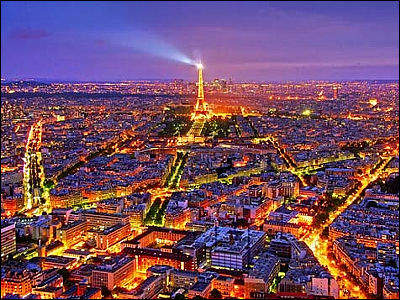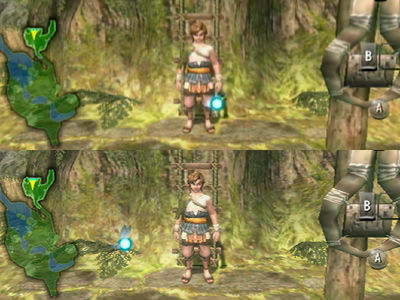How is noise in CG processed?

' Noise reduction ' is an advanced technology that reduces image graininess and discoloration while suppressing deterioration in image quality.
What Is Denoising? | NVIDIA Blog
https://blogs.nvidia.com/blog/2022/11/09/what-is-denoising/
Many people have seen ``noisy'' images that lose the clarity and sharpness of the photo when taking a picture with a digital camera or the like. In order to reduce noise, photography requires ingenuity such as changing lens settings and shooting with different lighting.
According to NVIDIA, noise may occur not only in photos but also in CG. Noise in CG is variation in brightness and color, and removing noise from an image is called 'noise removal' in the fields of image processing and computer vision.
Noise in CG reduces sharpness, so it is ideal to remove it. It is also important to preserve visual details and constructs such as edges and corners, textures, and other sharp structures when denoising an image. The image below is an example of a noisy image.

It is said that three types of signals in an image must be targeted for noise reduction in order to reduce noise without creating a sense of incongruity. Scattered light that reflects in all directions called 'diffuse', light that reflects in a specific direction like a mirror called '
In real-time ray tracing , it is said that it is possible to remove noise in relatively few steps.
The denoising mechanism is based on three techniques: spatial filtering, temporal accumulation, and machine learning and deep learning reconstruction. The image below is the final denoised image.

Spatial filtering allows you to change part of an image by reusing neighboring similar pixels. Spatial filtering, on the other hand, introduces instabilities such as blurring, turbidity, image flickering, and visual defects.
Temporal accumulation allows you to reuse data from previous frames to determine if there are correctable anomalies in the current frame. This creates stability to reduce flicker and glitches across multiple frames. The following images are images when temporal accumulation processing is performed for 20 frames.

Machine learning and deep learning reconstruction can reconstruct signals using neural networks trained on various noise signals.
Systems like the NVIDIA Real-Time Denoiser (NRD) make it easier for developers to use denoising techniques. Examples of using NRD include ' Dying Light 2 ' and ' Hitman 3 '.
You can see how NRD works in real time in the movie below.
Stunning Denoising in Watch Dogs Legion with NVIDIA Real-Time Denoiser-YouTube
NRD supports noise removal of diffused signals, mirror reflection signals, and shadow reflection signals, and is equipped with noise removal tools such as 'ReBLUR', 'SIGMA' and 'ReLAX'.
You can see how NRD produces fine images by watching the following movie.
NVIDIA Real-Time Denoisers Showcased in Hitman 3-YouTube
Related Posts:







